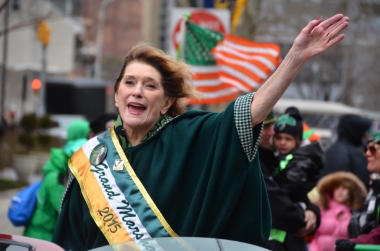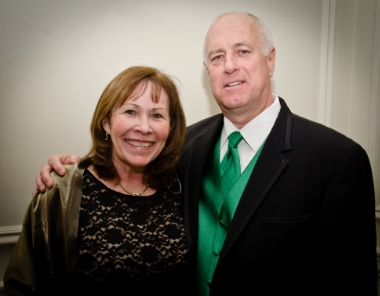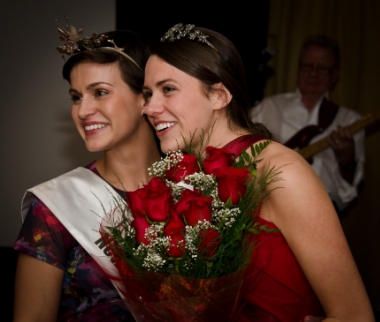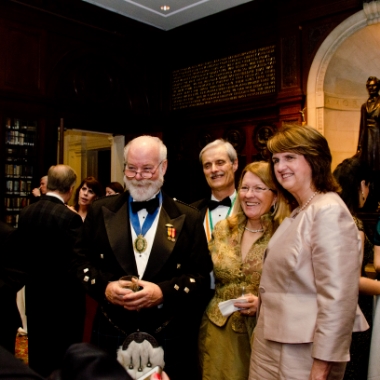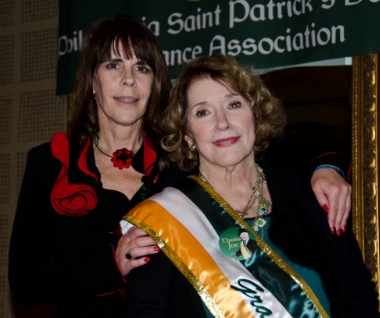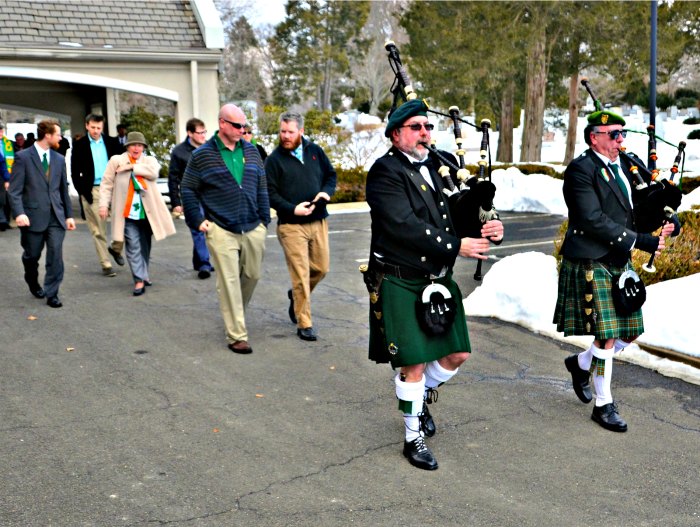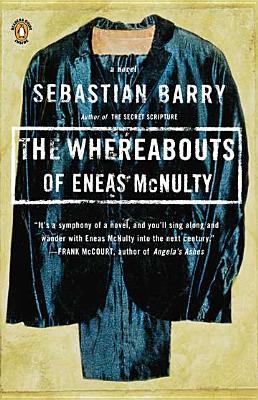
“One of the best books to come out of Europe,” said the San Francisco Chronicle about this Sebastian Barry novel set in post World War I Ireland.
What do these books have in common? Nothing, except that they explore various parts of the Irish experience, both in American and in Ireland, in the past and the present. Some of this week’s reads were mentioned several times by our Irish Philadelphia Facebook group members. I’ve read all but three of them. One, Irish Blood, is by a local Irish author.
Click on the book’s title and you’ll be taken to goodreads.com where you can see how others rated the book and where you’ll also find links to buy the book online. If you have other book suggestions, feel free to leave them in the comments section after the story.
Look for part 3 of our reading series next week.
Fiction
Trinity by Leon Uris
From the author of “Exodus,” “Trinity” is an epic adventure tale of a young Irish Catholic man fighting for Irish freedom and the beautiful (because they always are) Irish Protestant girl who defied her own culture to join him. It was a real favorite of our Facebook readers.
Lion of Ireland by Morgan Llywelyn
This is the first of a series of books written by American-born historical novelist Llywelyn that explores various aspects of Irish culture. The Lion of Ireland was, of course, Brian Boru. Other Llywelyn books include Druids, 1916: A Novel of Irish Rebellion; Bard: The Odyssey of the Irish; Finn MacCool, 1921: The Great Novel of the Irish Civil War; 1949: The Novel of the Irish Free State; 1972: A Novel of Ireland’s Unfinished Revolution; 1999: A Novel of the Celtic Tiger and the Search for Peace; and many others.
Foster by Claire Keegan
Set in rural Ireland, this spare little gem of a book tells the story of a little girl who is sent to live with foster parents in the country. While there, she finds affection she has never known before—and learns a secret that changes her life forever.
Irish Blood by Brendan Sean Sullivan
Local author Sullivan tells the tale of an American, Mick McKenna, who lost his wife in a carbomb attack in Belfast on their honeymoon and returns to Ireland to find himself embroiled personally in “the troubles.” In this thriller, the choices he makes can affect the success of the Good Friday agreement.
The Whereabouts of Eneas McNulty by Sebastian Barry
Called “the finest book to come out of Europe” the year it was released, playwright Barry’s novel follows the happy-go-lucky Sligo man, Eneas McNulty, through his tumultuous life post World War I, first as a member of the notorious British-led Royal Irish Constabulary, then as fugitive pursued by the IRA who finds redemption on the Isle of Dogs, a sailor’s haven.
Nonfiction
Anam Cara: A Book of Celtic Wisdom by John O’Donohue
Poet, philosopher and scholar O’Donohue provides an inspirational guide through the spiritual landscape of the Irish psyche using stories, teaching, and blessings that provide insights on friendship, love, solitude, and death.
Paddy Whacked: The Untold Story of the Irish American Gangster by T. J. English
The notorious Boston criminal James “Whitey” Bulger may be one of the last of the Irish gangsters, but he certainly wasn’t the first. Organized crime expert English brings to life nearly two centuries of Irish gangsters, from the Gangs of New York, to Bulger, who was caught after 16 years on the lam and is now in prison, invicted of racketeering and playing a role in 11 murders.
Green Suede Shoes by Larry Kirwan
Fans of the Celtic rock group Black 47 may not know that founder and lead singer Kirwan is an accomplished writer and playwright whose autobiography takes the reader from his birth in County to Wexford to his years on the New York rock and punk scene. Kirwan has a new book coming out this year.
No News at Throat Lake: In Search of Ireland by Lawrence Donegan
Scottish-born journalist Lawrence Donegan, obviously of Irish descent, longs for the simple life far from the big city and thinks he may find it in Creeslough, a quaint Irish village whose name translates—very loosely—to Throat Lake. He takes a job at the Tirconaill Tribune, a quirky local paper run by two men and a dog. And what can we say? Hilarity ensues. One of my personal favorites.
Are You Somebody? The Accidental Memoir of a Dublin Woman by Nuala O’Faolain
One of nine children of a Dublin couple, O’Faolain follows in her father’s foosteps and becomes a reporter who then turns her eye on her emotionally starved childhood, her wandering father, and, for a time, finds solace in alcohol just as her father did. It’s a very honest book, a little too name-droppy for my taste, but women born in the ‘50s in particular will find resonance in O’Faolain’s struggles as a woman in what was a largely man’s field at the time.

